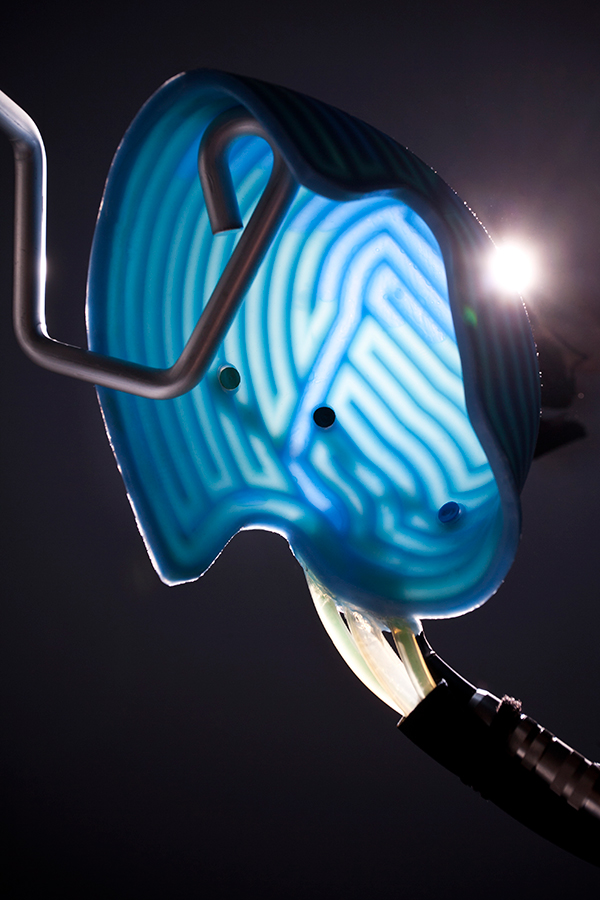Hair loss has long been a distressing and well-recognized side effect of chemotherapy. Now, fitted cooling caps worn before, during and after chemotherapy sessions are helping some patients keep their hair and skip the wigs and head coverings they might otherwise have used.
“This is such an important aspect of patient well-being and healing,” says Nancy Marshall, co-founder of the Rapunzel Project, a nonprofit that educates patients about cooling cap options.
Caps that could be manually frozen, either with dry ice or in biomedical freezers, like the Arctic Cold Cap and Penguin Cold Cap, were among the first products used to keep the head cool to prevent hair loss during chemotherapy.

Photo via DigniCap
Now, there are two cooling machines that the U.S. Food and Drug Administration (FDA) has cleared for distribution to patients with any type of solid tumor: the DigniCap Scalp Cooling System and the Paxman Cooling Cap. Because these caps have been cleared by the FDA, insurers are more likely to cover them. Marshall says FDA clearance also increases the likelihood that doctors will recommend them.
Cooling caps are thought to work by constricting the blood vessels in the scalp. This reduces the amount of chemotherapy drugs that gets to the hair follicles and the hair cells. Clinical trials for the Paxman and DigniCap systems found that 50 to 66 percent of breast cancer patients in the group that used a cooling cap kept most of their hair, while 100 percent of patients who did not use a cap lost all or most of their hair.
All of the caps work better with some types of chemotherapy than others, says Julie Nangia, an oncologist at the Baylor College of Medicine in Houston. Patients on taxane drugs, like Taxol (paclitaxel) and Taxotere (docetaxel), for example, generally keep more hair than patients being treated with an anthracycline, such as Adriamycin (doxorubicin) or Ellence (epirubicin).
Cooling may also help with other treatment-related side effects. A Japanese research team reported in the February 2018 Journal of the National Cancer Institute that fitting patients with frozen socks and mittens during treatments prevented chemotherapy-induced neuropathy—pain, tingling or numbness in the hands and feet.
Dawn Hershman, an oncologist at the Herbert Irving Comprehensive Cancer Center at Columbia University in New York City, who wrote an editorial published along with the study, says she was “surprised” that cooling helped reduce neuropathy. “I don’t know that anybody understands what the mechanism for that would be,” she says.
Hershman says that although more research is needed, she finds the results encouraging. “This doesn’t have a lot of side effects, is not horribly expensive and is only administered during, before and after the infusion,” she says. “It could be very helpful.”
Cancer Today magazine is free to cancer patients, survivors and caregivers who live in the U.S. Subscribe here to receive four issues per year.




